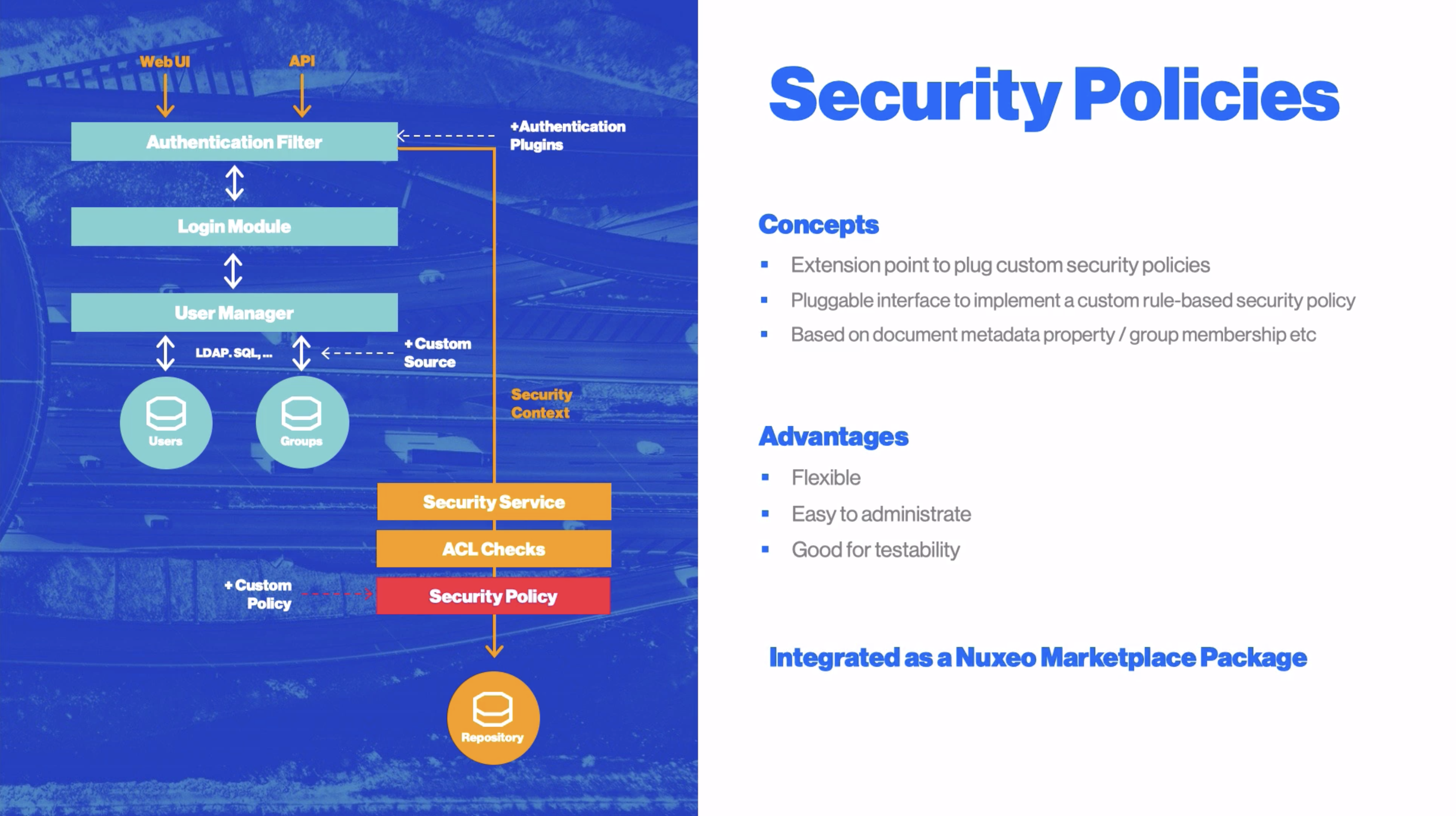

- #User authentication security policy how to
- #User authentication security policy series
ISO/IEC 27000 - This series from the International Standards Organization is one of the broadest frameworks.It is often used in critical infrastructure sectors like water utilities, transportation and energy production. NIST Cybersecurity Framework - This framework offers security controls aligned with the five phases of risk analysis and risk management: identify, protect, detect, respond and recover.COBIT - COBIT focuses on security, risk management and information governance, and is particularly valuable for Sarbanes-Oxley (SOX) compliance.

#User authentication security policy how to
The following frameworks offer guidelines on how to develop and maintain a security policy: What are good resources to consult when developing an information security policy?ĭeveloping an information security policy can be a large undertaking.
Analyze the efficacy of existing systems for data integrity, cybersecurity. Perform risk assessment to uncover and mitigate vulnerabilities in technology or workflows. Regularly assess the adequacy of current IT security strategies. Auditors commonly ask companies to provide documentation of their internal controls, and your information security policy helps you demonstrate that you perform required tasks, such as: Having a well-developed security policy is important for an organization to pass compliance audits for security standards and regulations such as HIPAA and CCPA. To communicate security measures to third parties and external auditorsĬodifying security policies enables an organization to easily communicate its security measures around IT assets and resources not just to employees and internal stakeholders, but also to external auditors, contractors and other third parties. The policy defines how the organization identifies extraneous tools or processes that don’t perform useful security functions. To coordinate and enforce a security program across an organizationĪny security program requires creating a cohesive information security policy. This helps prevent diverging departmental decisions, or worse, departments with no policies at all. Data Security Best PracticesĪn information security policy details how an organization spots, evaluates and mitigates IT vulnerabilities to block security threats, and the processes used to recover after a system outage or data breach. Having a solid policy in place provides a standardized approach for identifying and mitigating risk to data confidentiality, integrity and availability (known as the CIA triad), as well as appropriate steps for response to issues. What are the benefits of an information security policy?Īn information security policy is essential for the following reasons: To ensure the confidentiality, integrity and availability of data Instead, each IT department should determine the policy choices that serve their particular needs the best and create a straightforward document that is approved by high-level stakeholders. Since organizations have different business requirements, compliance obligations and staffing, there is no single information security policy that works for everyone. The National Institute of Science and Technology (NIST) defines an information security policy as an “aggregate of directives, regulations, rules, and practices that prescribes how an organization manages, protects, and distributes information.” 
This article explains the benefits of creating an information security policy, what elements it should contain and best practices for success. This type of policy provides controls and procedures that help ensure that employees will work with IT assets appropriately. Organizations also need an information security policy. These documents are often interconnected and provide a framework for the company to set values to guide decision-making and responses. Organizations often create multiple IT policies for a variety of needs: disaster recovery, data classification, data privacy, risk assessment, risk management and so on.







 0 kommentar(er)
0 kommentar(er)
